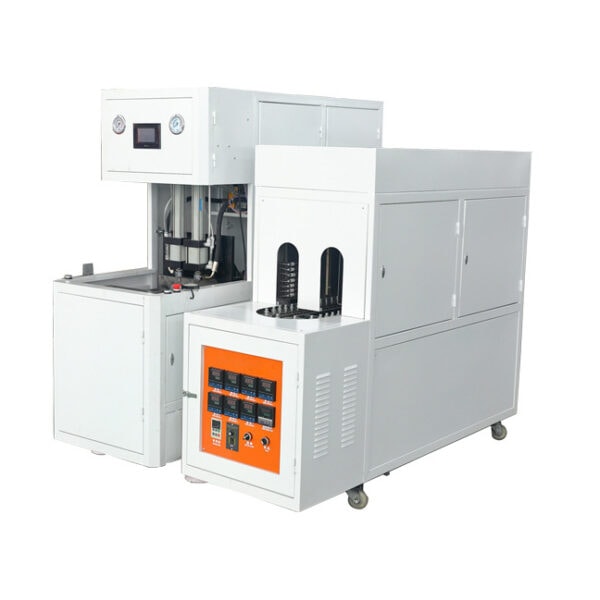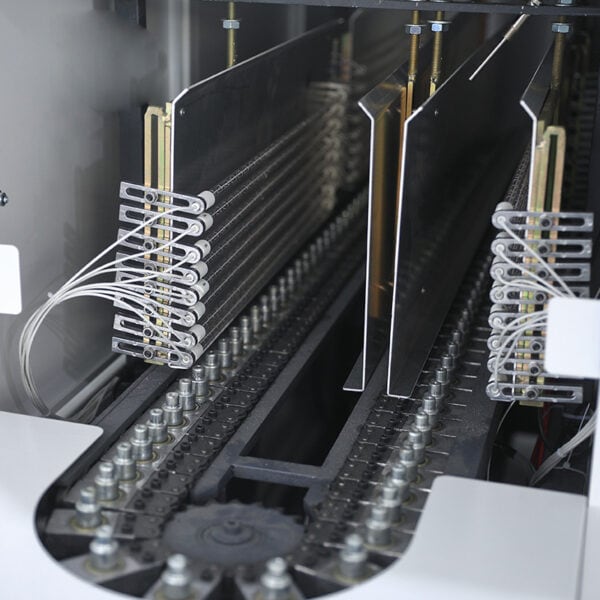Injection molding machines can be highly effective for precision manufacturing, but when it comes to producing bottles, relying solely on injection molding presents limitations. This method is better suited for creating preforms, while full-scale bottle production is typically achieved using blow molding techniques.
Yes, injection molding can create preforms, which are then blown into bottles, but full bottle production typically relies on blow molding techniques for efficiency and quality.
Understanding the roles of injection and blow molding helps manufacturers choose the right approach for bottle production.

Injection Molding: The Role in Bottle Production
Injection molding plays a key part in bottle manufacturing, especially in creating preforms. These preforms are small, plastic “test-tube” shaped components that are later expanded to form bottles. Injection molding excels in precision and ensures a consistent thickness in the preform, which is essential for maintaining uniformity in the final bottle shape
The preform process typically uses plastics like PET (Polyethylene Terephthalate) or PP (Polypropylene). The accuracy of injection molding makes it a critical first step in industries where precision is paramount, such as pharmaceuticals, where even the smallest variations could affect product safety
However, the process is inefficient for producing hollow bottles directly due to higher tooling costs and slower production speeds compared to blow molding.

Blow Molding: The Preferred Method for Bottles
Blow molding is the preferred technique for producing bottles, particularly for high-volume runs. The process starts with the injection-molded preforms, which are heated and blown into the shape of a bottle using compressed air. This technique allows for large-scale production of bottles, ranging from water bottles to large industrial containers
Advantages of Blow Molding:
- High-speed production: Blow molding machines can produce thousands of bottles per hour, making them ideal for large-scale manufacturing.
- Variety: The flexibility of blow molding allows for the production of various bottle shapes and sizes, from small cosmetic containers to larger, industrial-sized bottles.
- Automation: Blow molding machines are highly automated, reducing the need for manual intervention and ensuring consistent quality
A common setup for bottle production is the Bottle Labeling Machine, which often works alongside blow molding machines to label the bottles immediately after they are formed.
Why Injection Molding Is Less Common for Large Products
While injection molding is ideal for small, detailed components like bottle caps or closures, it’s rarely used for full-scale bottle production. The process is too slow and costly for large, hollow items like bottles. Injection molding requires higher precision, which is more suited for complex, smaller parts that need tight tolerances
Instead, manufacturers typically use injection molding for creating parts like caps, which are often completed by Capping Machines. These parts require the precision that injection molding offers but do not involve the hollow complexities needed for bottles.

Specialized Machines for Bottle Production
There are machines specifically designed for bottle production, such as extrusion blow molding and injection stretch blow molding machines. These specialized machines are efficient, fast, and capable of producing a variety of bottle shapes and sizes. They can handle high volumes and are used widely in industries like beverages, cosmetics, and pharmaceuticals
In addition to these machines, other essential tools like Shrink Wrap Machines and Vacuum Packaging Machines are often integrated into the bottle production line for packaging solutions.
Conclusion
Injection molding plays a role in the preform stage of bottle production, but blow molding techniques are more efficient for large-scale bottle manufacturing. These processes, supported by labeling and capping machines, allow for fast, high-volume production with consistent quality.
You may be interested in:









